How Artificial Flowers Are Made: A Step-by-Step Guide
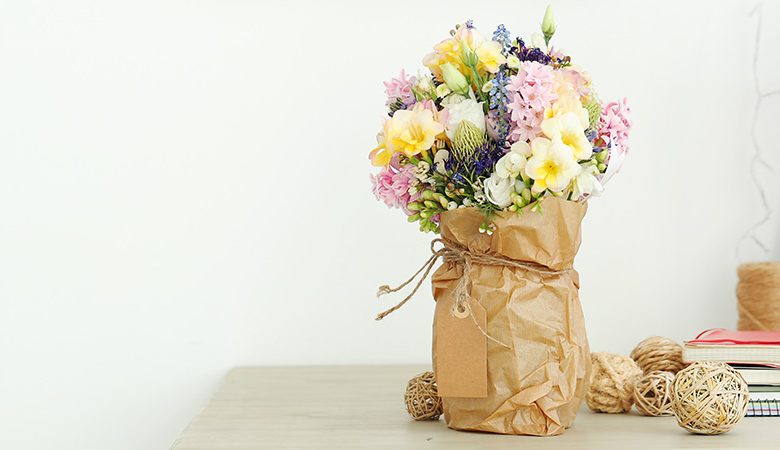
Have you ever wondered how artificial flowers are made? In this comprehensive guide, we’ll take you through the step-by-step process of how artificial flowers are crafted, from the initial design phase to the final product.
Design and Conceptualization
The design and conceptualization phase is where the magic of creating artificial flowers begins. Here’s a closer look at how this crucial step influences the process of how artificial flowers are made:
- Inspiration and Creativity: Talented artists and designers draw inspiration from various sources, including real flowers, nature, art, and fashion trends. They use their creativity and imagination to conceptualize unique and captivating flower designs that will be brought to life through the manufacturing process.
- Sketching and Prototyping: Once the initial concepts are formed, artists create sketches and prototypes of the proposed flower designs. These sketches serve as blueprints for the manufacturing process, outlining the size, shape, color, and detailing of each flower component.
- Feedback and Iteration: Designs are often reviewed and refined through a collaborative process involving feedback from stakeholders, including manufacturers, retailers, and customers. This iterative approach ensures that the final artificial flowers meet the desired aesthetic and quality standards.
- Customization and Variation: The design and conceptualization phase also involves considering the diverse preferences and tastes of consumers. Designers may create a range of flower designs, from classic and traditional to modern and avant-garde, to cater to different styles and preferences.
- Technology Integration: In today’s digital age, technology plays an increasingly important role in the design and conceptualization of artificial flowers. Computer-aided design (CAD) software allows designers to create detailed 3D models of flower designs, facilitating visualization and precision in the manufacturing process.
- Market Trends and Demands: Designers also take into account current market trends and consumer demands when conceptualizing artificial flower designs. They stay abreast of industry developments and customer preferences to ensure that the final products are relevant and appealing to target audiences.
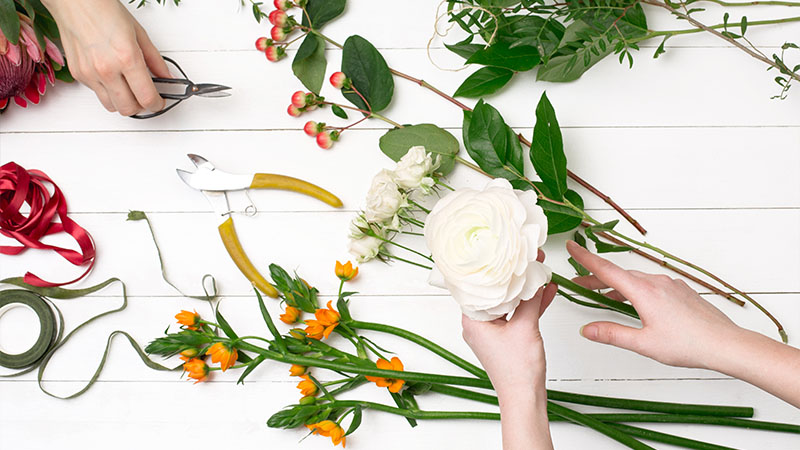
The design and conceptualization phase sets the foundation for how artificial flowers are made, guiding the manufacturing process from start to finish. By leveraging inspiration, creativity, technology, and market insights, designers create stunning artificial flower designs that delight consumers and enhance any space or occasion.
Read More: Where to Buy Artificial Flowers in NYC? The Ultimate Guide
Material Selection
Once the designs are finalized, the next step is to select the materials for making the artificial flowers. The material selection process is crucial in determining the quality, appearance, and durability of artificial flowers. Here’s a closer look at how this step influences how artificial flowers are made:
Variety of Materials: Artificial flowers can be made from a wide range of materials, each with its unique properties and characteristics. Common materials include silk, polyester, plastic, latex, and paper. The choice of material depends on factors such as desired aesthetics, durability, and budget.
- Silk: Silk is a popular choice for creating artificial flowers due to its natural-looking appearance and soft texture. Silk flowers have a luxurious feel and can closely resemble real blooms, making them ideal for high-end arrangements and special occasions.
- Polyester: Polyester is prized for its resilience and ability to hold vibrant colors without fading over time. Polyester flowers are durable and long-lasting, making them suitable for everyday use in home decor and events.
- Plastic: Plastic flowers are known for their affordability and versatility. They can be molded into various shapes and sizes, allowing for intricate detailing and customization. Plastic flowers are often used in mass-produced arrangements and decorations.
- Latex: Latex flowers are valued for their realistic texture and flexibility. They can closely mimic the natural movement and feel of real flowers, making them ideal for creating lifelike arrangements. Latex flowers are durable and resistant to tearing or fading.
- Paper: Paper flowers offer a unique and eco-friendly alternative to traditional artificial flowers. Crafted from various types of paper, such as crepe paper or cardstock, these flowers can be meticulously handcrafted to achieve stunningly realistic designs. Paper flowers are lightweight and versatile, making them suitable for a wide range of decorative purposes.
Considerations for Use: When selecting materials for artificial flowers, manufacturers consider factors such as intended use, desired aesthetics, and budget constraints. They may also take into account environmental considerations, opting for eco-friendly materials whenever possible.
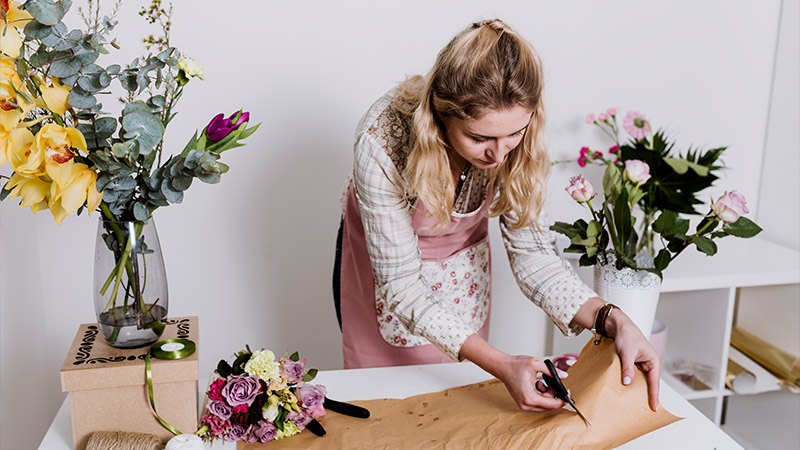
The material selection process plays a critical role in determining the quality, appearance, and durability of artificial flowers. By carefully choosing materials that meet the desired aesthetic and functional requirements, manufacturers ensure that the final products meet the highest standards of craftsmanship and customer satisfaction.
Cutting and Shaping
After the materials are selected, the cutting and shaping process is where the individual components of artificial flowers begin to take form. Here’s a closer look at how this step influences how artificial flowers are made:
- Precision Cutting: Skilled artisans use specialized cutting machines and tools to cut the selected materials into the desired shapes and sizes. Precision is key in this step to ensure that each component is uniform and accurately represents the intended flower design.
- Petals and Leaves: The cutting process involves shaping the materials into petals, leaves, and other botanical elements that make up the artificial flowers. Templates or molds may be used to create consistent shapes, while hand-cutting techniques may be employed for more intricate designs.
- Stems and Branches: In addition to petals and leaves, the cutting process also involves shaping materials into stems, branches, and other structural components of the flowers. Wire may be used to reinforce and support the stems, providing stability and flexibility to the finished flowers.
- Variety of Techniques: Different techniques may be used to cut and shape materials depending on their properties and the desired outcome. For example, heat sealing may be used to prevent fraying in fabrics like silk, while molding may be used to create intricate details in plastic or latex.
- Attention to Detail: During the cutting and shaping process, artisans pay close attention to detail to ensure that each component meets the quality standards set for the final artificial flowers. Any imperfections or inconsistencies are addressed promptly to maintain the integrity of the designs.
- Efficiency and Consistency: Manufacturers strive for efficiency and consistency in the cutting and shaping process to streamline production and minimize waste. Advanced machinery and automation may be used to increase precision and speed up the manufacturing process while maintaining quality standards.

The cutting and shaping process is a critical step in how artificial flowers are made, laying the foundation for the intricate designs and lifelike details that define the finished products. By employing precision techniques and attention to detail, artisans transform raw materials into beautifully crafted components that come together to create stunning artificial flowers.
Assembly and Construction
Once the individual components are cut and shaped, they are assembled and constructed into complete flower arrangements. The assembly and construction phase is where the individual components of artificial flowers come together to form the final product. Here’s a closer look at how this step influences how artificial flowers are made:
- Skilled Craftsmanship: Skilled artisans meticulously assemble the cut and shaped components of artificial flowers, using adhesive and wire to secure them in place. Each petal, leaf, and stem is carefully positioned to create a lifelike and realistic arrangement.
- Layering and Stacking: Assembly involves layering and stacking the individual components to build depth and dimension in the artificial flowers. Multiple layers of petals and leaves may be stacked to create a full and lush appearance, while strategic placement of stems and branches adds structure and stability to the arrangement.
- Balancing Proportions: Artisans pay close attention to balancing proportions and symmetry in the assembly process to ensure that the artificial flowers look natural and harmonious. Careful consideration is given to the size, shape, and placement of each component to achieve visual balance and aesthetic appeal.
- Customization and Variation: Assembly allows for customization and variation in artificial flower arrangements, with artisans having the flexibility to create unique designs tailored to specific preferences and requirements. Whether creating simple bouquets or elaborate centerpieces, each arrangement is crafted with precision and care.
- Quality Control: Throughout the assembly process, quality control measures are implemented to ensure that the finished artificial flowers meet the highest standards of craftsmanship and durability. Any discrepancies or imperfections are addressed promptly to maintain the integrity of the designs.
- Efficiency and Speed: While attention to detail is paramount, manufacturers also strive for efficiency and speed in the assembly process to meet production deadlines and customer demands. Streamlined workflows and optimized processes may be employed to increase productivity without sacrificing quality.
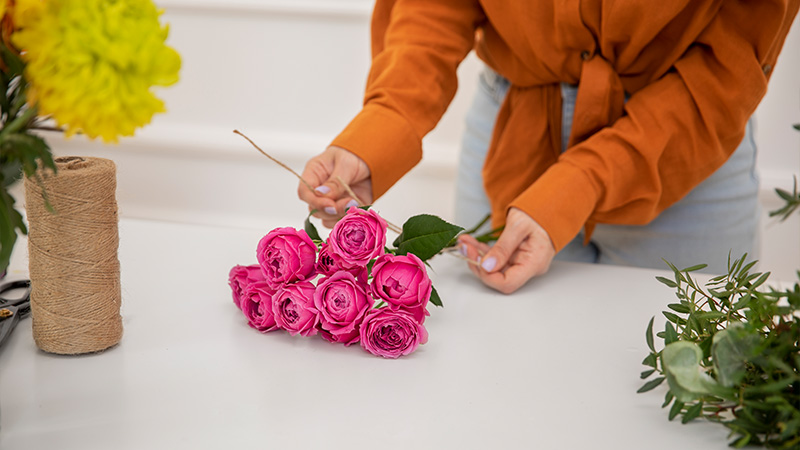
The assembly and construction phase is a critical step in how artificial flowers are made, bringing together individual components to create stunning arrangements that mimic the beauty of real blooms. Through skilled craftsmanship, attention to detail, and quality control measures, artisans transform raw materials into lifelike and realistic artificial flowers that enhance any space or occasion.
Read More: Exploring the Benefits of Artificial Flowers
Coloring and Detailing
After the flowers are assembled, they undergo coloring and detailing to enhance their appearance and realism. The coloring and detailing process is where artificial flowers come to life with vibrant colors and lifelike textures. Here’s a closer look at how this step influences how artificial flowers are made:
Adding Color
- Airbrushing: Airbrushing is a common technique used to apply color to artificial flowers. Artisans use specialized airbrush guns to spray layers of pigment onto the flower components, creating subtle gradients and shading effects.
- Hand-Painting: For intricate designs and fine details, hand-painting may be used to add color to artificial flowers. Skilled artists carefully apply paint to individual petals, leaves, and stems, blending colors to achieve natural-looking patterns and textures.
- Dyeing: Some materials, such as silk and fabric, can be dyed to achieve vibrant colors and unique effects. Flowers may be submerged in dye baths or sprayed with dye solutions to saturate the material and create rich, lasting color.
Enhancing Detail
- Veining and Texture: To enhance the realism of artificial flowers, artisans may add veining and texture to the petals and leaves. This can be achieved through techniques such as embossing, stamping, or molding, which create subtle ridges and patterns that mimic the natural texture of real flowers.
- Flocking: Flocking involves applying tiny fibers to the surface of artificial flowers to create a soft, velvety texture. This technique adds depth and dimension to the flowers, making them more tactile and visually appealing.
- Adding Accents: Artificial flowers may be embellished with additional accents such as glitter, beads, or sequins to enhance their appearance and add sparkle. These accents can be applied strategically to highlight specific features of the flowers and create a sense of glamour and elegance.

Quality Assurance
- Color Matching: During the coloring and detailing process, artisans carefully match colors to ensure consistency and uniformity across all components of the artificial flowers. Any discrepancies or inconsistencies are addressed to maintain the integrity of the designs.
- Attention to Detail: Artisans pay close attention to detail when adding color and texture to artificial flowers, ensuring that each petal, leaf, and stem is meticulously crafted to achieve a lifelike appearance. Quality control measures are implemented to identify and rectify any defects or imperfections before the flowers are finalized.
The coloring and detailing process is a crucial step in how artificial flowers are made, transforming plain components into vibrant and realistic floral arrangements. Through techniques such as airbrushing, hand-painting, and texture application, artisans add depth, dimension, and visual interest to artificial flowers, creating stunning replicas of their natural counterparts.
Read More: Where to Buy Artificial Flowers in Toronto? The Ultimate Guide
Quality Control and Inspection
Quality control and inspection are integral parts of the manufacturing process for artificial flowers, ensuring that each product meets the highest standards of craftsmanship and durability. Here’s a closer look at how this step influences how artificial flowers are made:
Rigorous Standards
- Adherence to Specifications: Throughout the manufacturing process, artificial flowers are produced according to specific design specifications and quality standards. These standards outline criteria for factors such as size, shape, color, and texture, which must be met to ensure consistency and uniformity across all products.
- Compliance with Regulations: Manufacturers adhere to industry regulations and safety standards when producing artificial flowers. Materials used in the manufacturing process are carefully selected to meet safety requirements and minimize any potential risks to consumers.
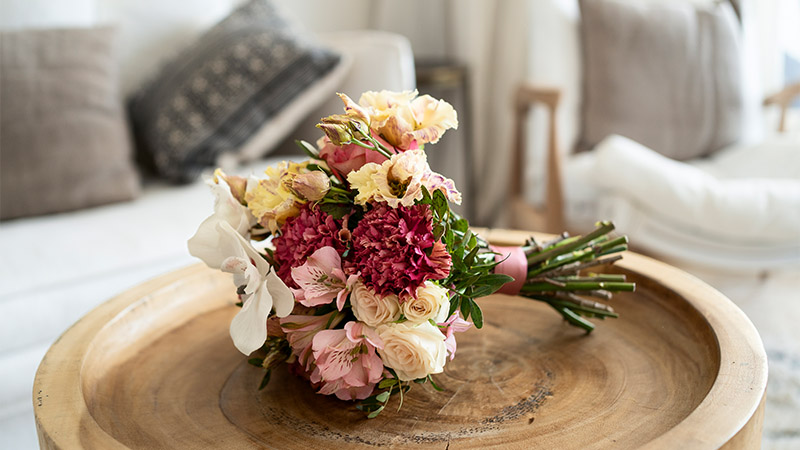
Inspection Procedures
- Visual Inspection: Each artificial flower undergoes a visual inspection to identify any defects or imperfections in its appearance. Artisans carefully examine the flowers for issues such as misshapen petals, uneven coloring, or loose components, and take corrective action as needed.
- Functional Testing: In addition to visual inspection, artificial flowers may undergo functional testing to assess their durability and performance. This may involve subjecting the flowers to simulated environmental conditions, such as exposure to sunlight or humidity, to ensure that they maintain their quality over time.
Continuous Improvement
- Feedback Mechanisms: Manufacturers solicit feedback from various stakeholders, including customers, retailers, and quality control personnel, to identify areas for improvement in the manufacturing process. This feedback helps to identify potential issues and implement corrective measures to enhance product quality and customer satisfaction.
- Process Optimization: Continuous process optimization is key to improving the efficiency and effectiveness of how artificial flowers are made. Manufacturers may invest in new technologies, streamline workflows, and train personnel to ensure that production processes are optimized for quality and productivity.
Final Approval
- Final Inspection: Before artificial flowers are packaged and shipped to customers, they undergo a final inspection to ensure that they meet all quality standards and specifications. Any flowers that do not meet the required criteria are rejected or reworked to bring them into compliance.
- Certification: Once artificial flowers have passed final inspection, they may receive certification or quality assurance labels indicating that they meet industry standards and regulatory requirements. This certification provides customers with assurance of the flowers’ quality and safety.
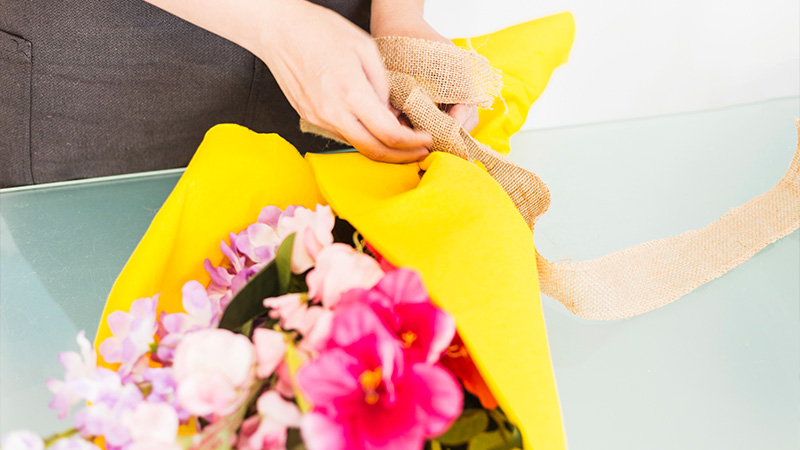
Quality control and inspection play a crucial role in ensuring that artificial flowers are made to the highest standards of craftsmanship and durability. Through rigorous inspection procedures, continuous improvement efforts, and adherence to industry regulations, manufacturers strive to deliver artificial flowers that meet customer expectations for quality, safety, and performance.
Packaging and Distribution
Packaging and distribution are the final steps in the manufacturing process for artificial flowers, ensuring that they reach customers safely and securely. Here’s a closer look at how this step influences how artificial flowers are made:
Protective Packaging
- Secure Packaging: Artificial flowers are carefully packaged to protect them from damage during transit and storage. Each flower arrangement is wrapped in protective materials, such as bubble wrap or tissue paper, to cushion against bumps and impacts.
- Sturdy Containers: Flowers are placed in sturdy containers, such as cardboard boxes or plastic sleeves, to provide additional protection during shipping. These containers are designed to withstand handling and transportation without compromising the integrity of the flowers inside.
Labeling and Documentation
- Product Information: Each package of artificial flowers is labeled with essential product information, including the type of flowers, quantity, and care instructions. This information helps customers identify and care for their artificial flowers once they arrive.
- Certifications and Compliance: Artificial flowers may also include certifications or compliance labels indicating that they meet industry standards and regulatory requirements. These labels provide customers with assurance of the flowers’ quality and safety.
Distribution Channels
- Retailers: Artificial flowers are distributed to retailers, including brick-and-mortar stores and online shops, where customers can purchase them for home decor, events, or other purposes. Retailers may offer a wide selection of artificial flowers to cater to different preferences and budgets.
- Wholesalers: Some artificial flower manufacturers distribute their products to wholesalers who then sell them to retailers in bulk. This distribution model allows manufacturers to reach a broader audience and increase their market share.

Customer Satisfaction
- Timely Delivery: Manufacturers and distributors strive to ensure that artificial flowers are delivered to customers in a timely manner, meeting their expectations for shipping speed and reliability. Expedited shipping options may be available for customers who require their flowers quickly.
- Customer Support: Manufacturers and retailers provide customer support services to assist customers with any questions or concerns they may have about their artificial flowers. This may include help with product selection, troubleshooting, or returns and exchanges.
Eco-Friendly Practices
- Sustainable Packaging: Some manufacturers prioritize eco-friendly packaging materials and practices to minimize their environmental impact. This may include using recyclable or biodegradable packaging materials and reducing waste throughout the packaging and distribution process.
- Efficient Logistics: Manufacturers and distributors may also implement efficient logistics practices to reduce carbon emissions and energy consumption associated with transportation. This includes optimizing shipping routes, consolidating shipments, and using environmentally friendly transportation methods whenever possible.
Packaging and distribution are essential steps in how artificial flowers are made, ensuring that they reach customers safely, securely, and in a timely manner. Through protective packaging, labeling, and efficient distribution channels, manufacturers and distributors strive to deliver high-quality artificial flowers that meet customer expectations for quality, convenience, and sustainability.
Conclusion
Understanding the intricate process of how artificial flowers are made sheds light on the craftsmanship and attention to detail involved in creating these beautiful decorative items.
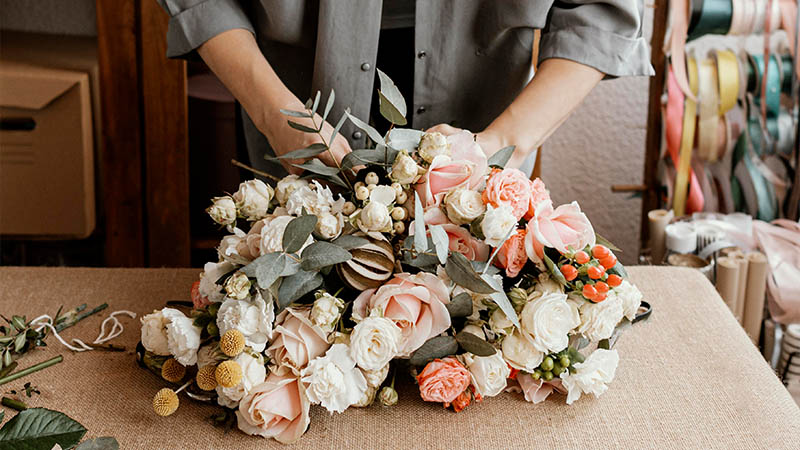
Whether crafted in a DIY setting or produced on a larger scale in factories, the steps involved in designing, selecting materials, cutting, shaping, assembling, coloring, inspecting, packaging, and distributing artificial flowers are essential for achieving the lifelike appearance and quality that customers expect. From the initial conceptualization to the final product reaching the hands of consumers, each step plays a crucial role in ensuring that artificial flowers bring joy, beauty, and convenience to homes, events, and spaces around the world.
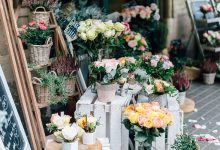

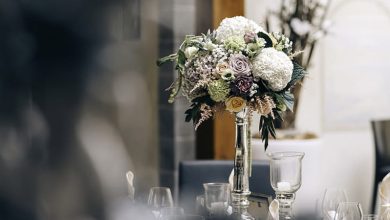
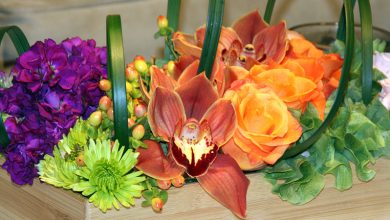
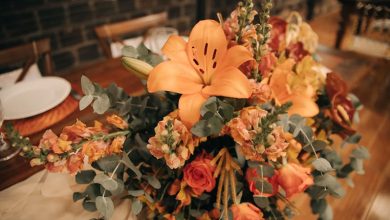
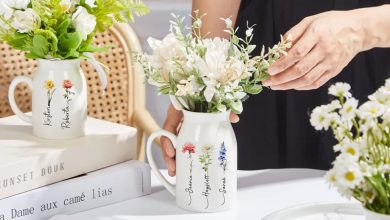
Hi, Neat post. There’s a problem with your website in internet explorer, would test this… IE still is the market leader and a huge portion of people will miss your fantastic writing because of this problem.
Merely wanna comment on few general things, The website layout is perfect, the subject material is very good : D.